Tour de France vs Tour de France Femmes: 3 key differences and similarities
They're a different side of the same coin. Here are the similarities and differences that excite us
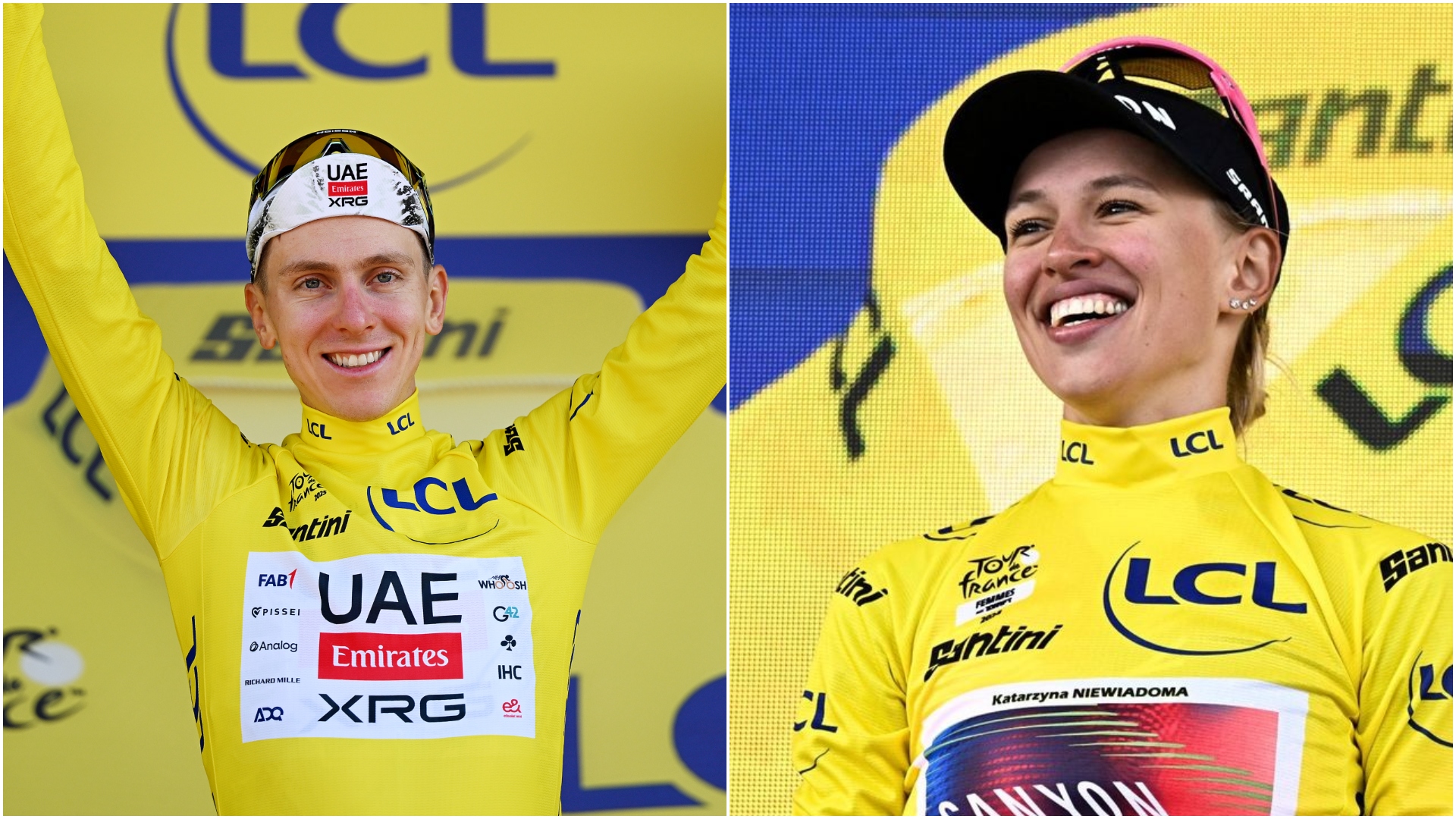

Squint your eye at your TV over the next week and it might seem like the Tour de France has continued past its typical 21 days. In some ways, you’d be correct, the Tour de France will be taking place next week, just not the one that we’ve been watching throughout July.
The Tour de France Femmes avec Zwift will get underway on Saturday, and run for nine days as the best women cyclists in the world will battle for the same jerseys, stage wins and glory as the men.
While the last week of the men’s Tour has seen the thrill of a GC battle fade, the women are about to breathe new life into the chase for the yellow jersey. The 2024 Tour de France Femmes was decided by just four seconds—the smallest margin of victory in the history of the Tour de France. If the legendary 1989 showdown between Greg LeMond and Laurent Fignon still gives you chills, last year’s battle between Kasia Niewiadoma and Demi Vollering on the Alpe d’Huez was every bit as epic. Their nail-biting duel is destined to become a classic in cycling history and the final stage was an all-time best single day race.
On some fronts, similar storylines will persist, with some comfortable carryover between the two events. Yet, in other ways, this is a new slate with new characters who will be racing in a vastly different competitive landscape. Two sides of the same coin is the best way to describe it.
To get you set for the next nine days of racing, here are three ways in which the races will be similar and three key differences that make the Tour de France Femmes essential viewing for cycling fans:
The Similarities
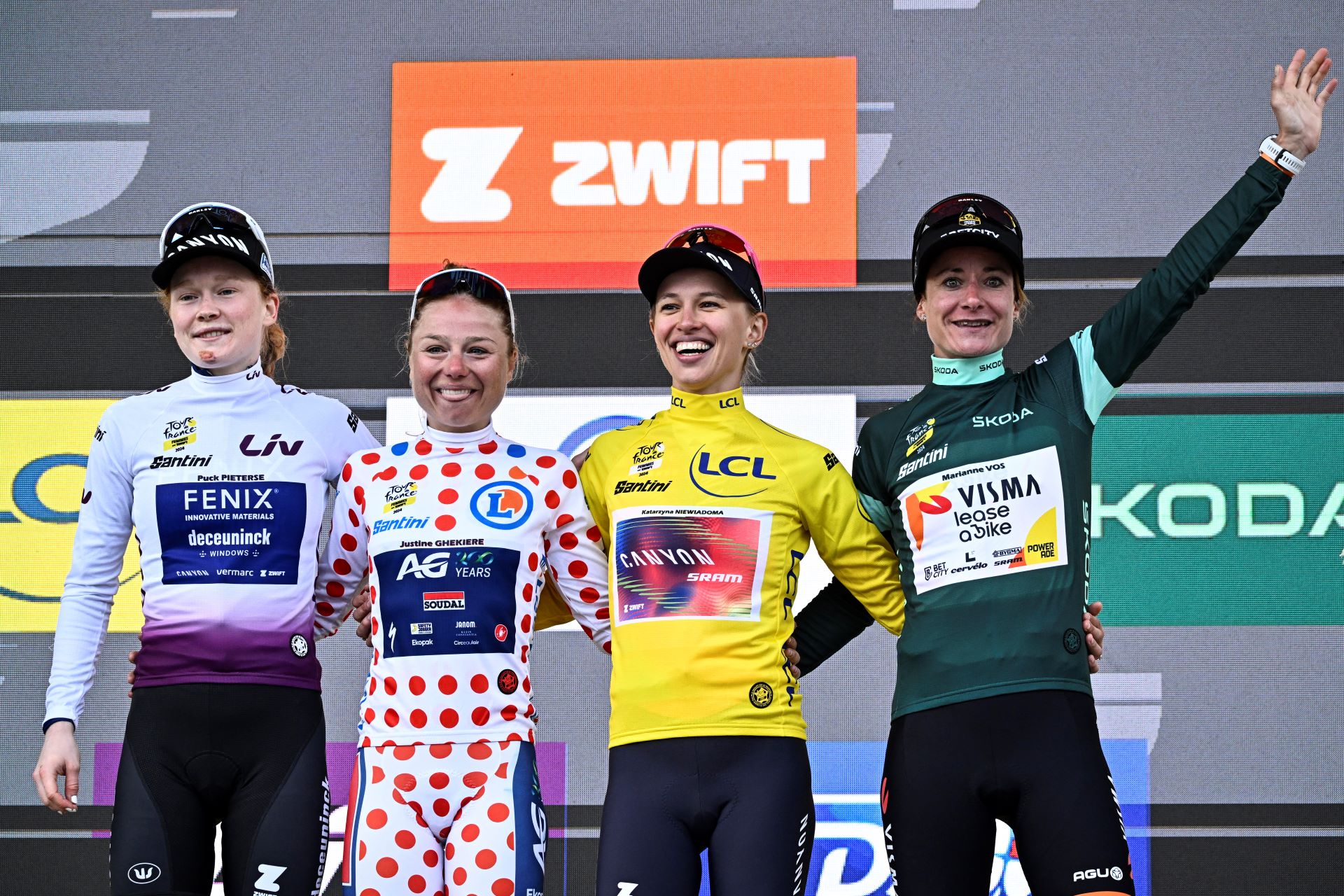
There are two riders ahead of everyone else… on paper
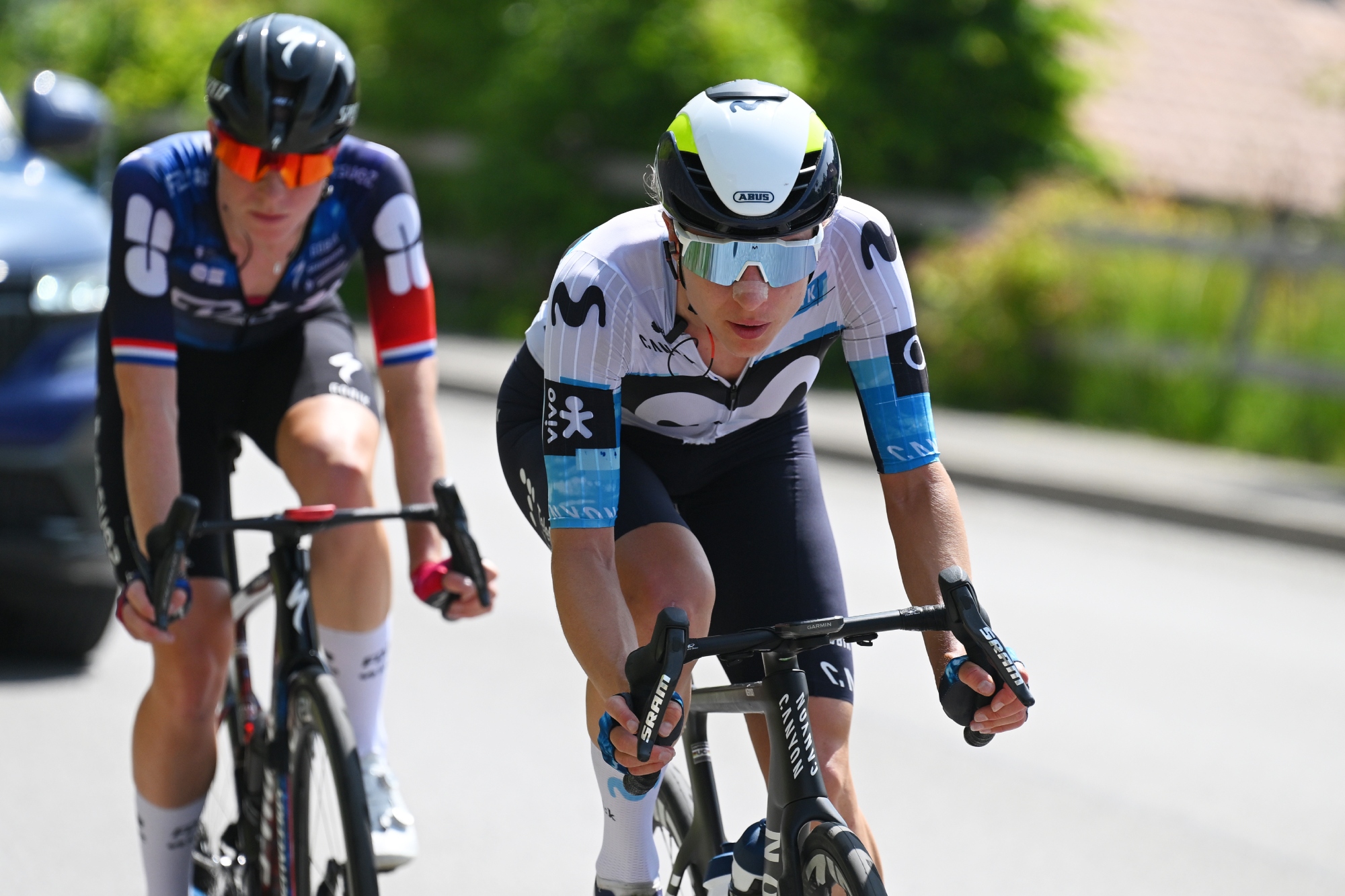
In the women’s peloton, Demi Vollering stands tall as the big general classification racer of her generation. Across the calendar, she seems to mop up wins with consistency and power that makes it difficult to see her losing if she can stay away from mishaps. In the past two editions of the Tour, she was the dominant climber in the race and was only undone last year by an untimely crash and a team that was fractured in their support of her ambitions.
Beyond last year’s Tour, the list of times she has been beaten head-to-head on her terrain is very short. It does, however, include one key battle from this year that suggests there is one general classification rival who could beat her fair and square: Marlen Reusser (Movistar).
Reusser is a former teammate of Vollering at SD Worx-ProTime and came to notoriety through her time trialling. After a transfer to Movistar, she has shown just how versatile and consistent she can be. All of that culminated in beating Vollering at the Tour de Suisse this June with scintillating climbing performances.
The latest race content, interviews, features, reviews and expert buying guides, direct to your inbox!
The Reusser hype train continued at the Giro d’Italia Women earlier this month, where she finished second overall. The table is still set for a showdown between Vollering and Reusser to be favorites 1A and 1B, just like Tadej Pogacar and Jonas Vingegaard in the men's race.
An American powerhouse will define the breakaways
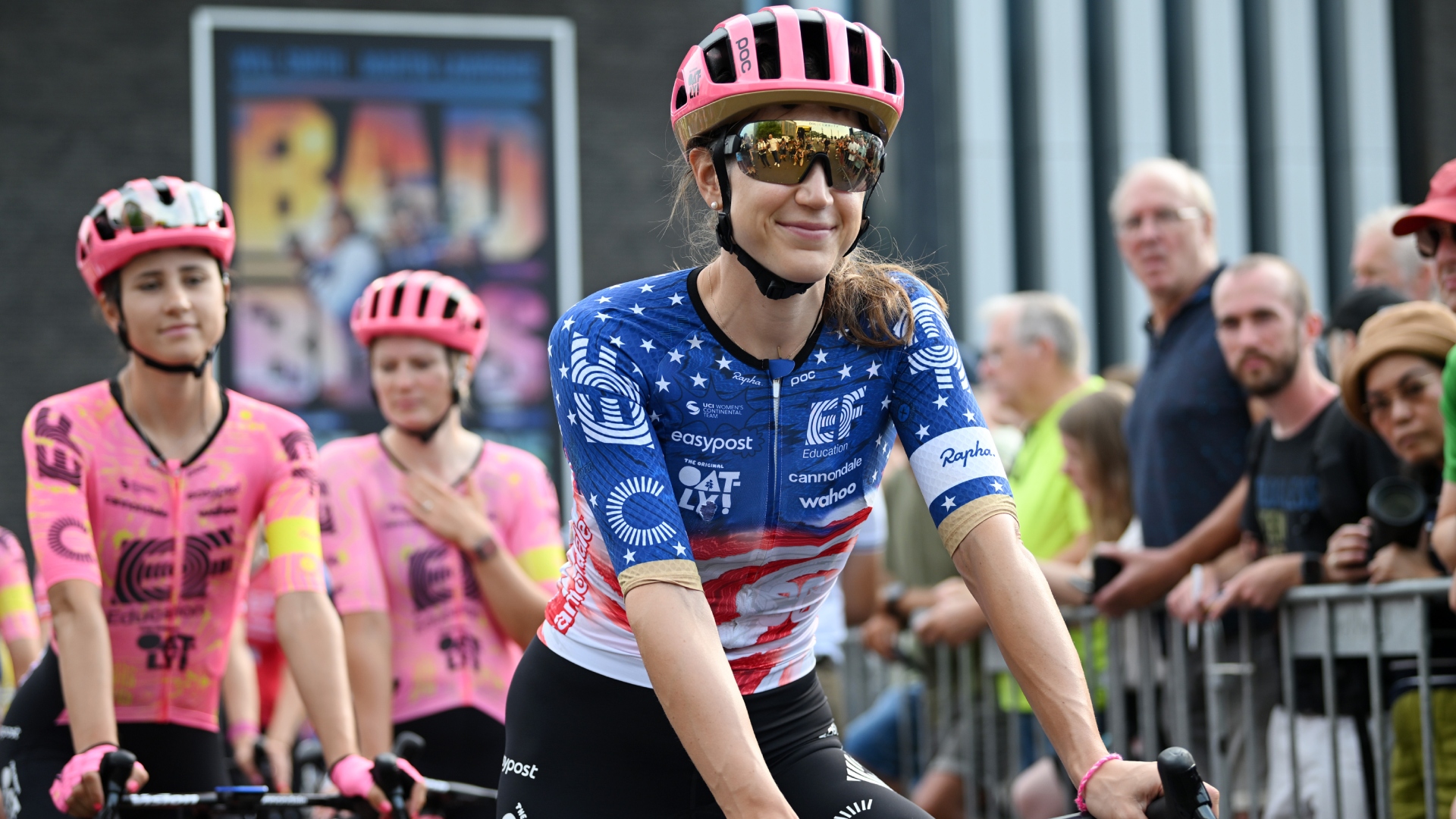
Quinn Simmons (Lidl-Trek) has been omnipresent at this year’s Tour de France Hommes whenever the race hasn’t been in the mountains. Whether pulling on sprint stages or attacking when the terrain begins to undulate, "Captain America" has been a fixture on TV screens throughout July; his stars-and-stripes jersey ensuring his efforts never go unnoticed.
The same could be said at the Tour de France Femmes with Kristen Faulkner (EF Education-Oatly), the American champion for the women.
Faulkner is coming off a career-best year in 2024, where she stormed to a convincing Olympic road race title. While she hasn’t had a big win yet this season, she's been at the front of races throughout the spring, and is undoubtedly building toward a strong summer Without being a true climber or a clear-cut Classics rider, Faulkner thrives in the more undulating one-day races and the breakaways. With a few of those opportunities available at this year’s Tour, expect her to be at her best fighting for stage wins whenever a breakaway has a chance.
The Alps will be brutal
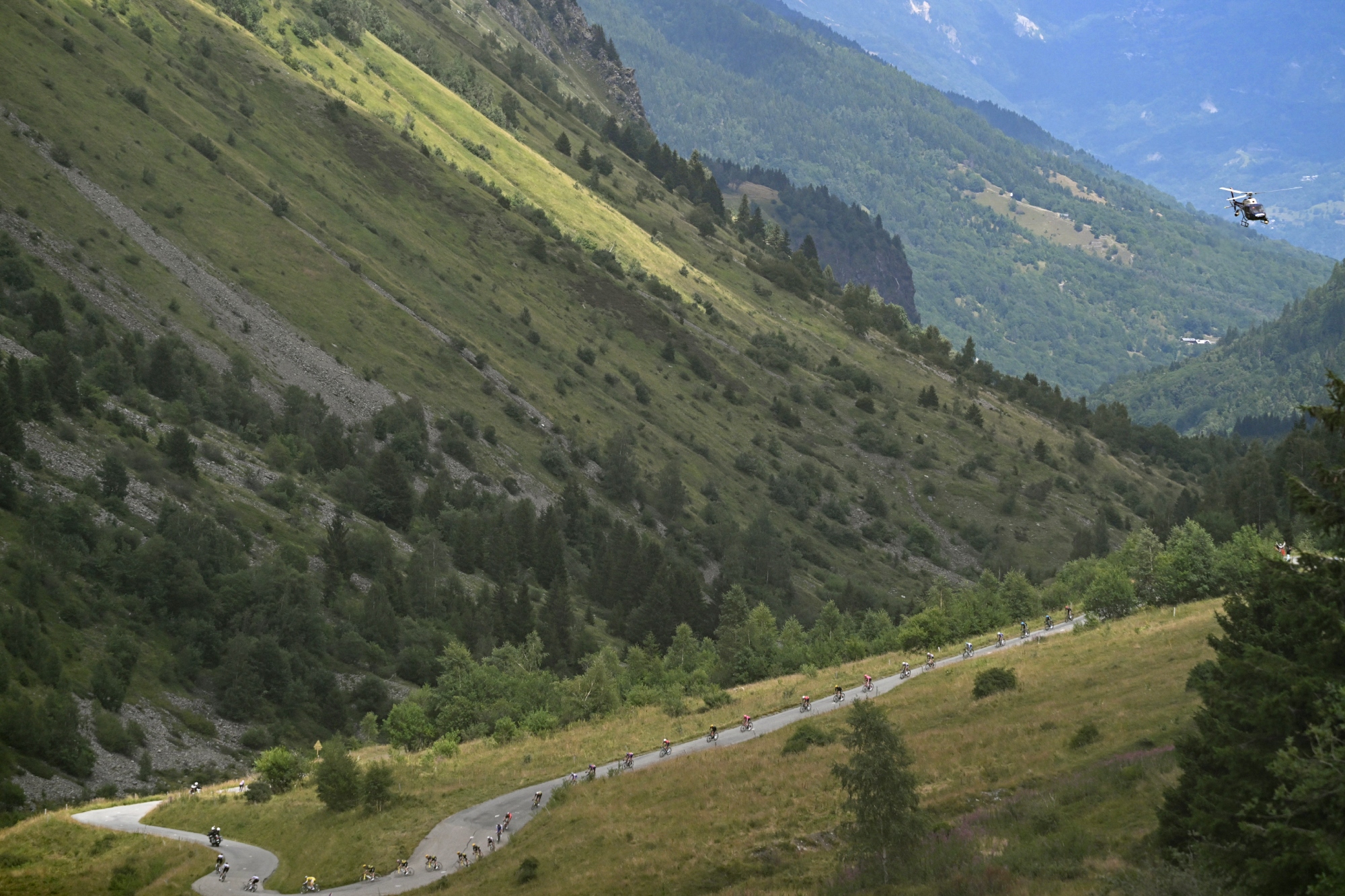
With three weeks of racing to play with, the men’s Tour has the luxury of not having to choose between the two major French mountain ranges. The women don’t have the same luxury and have to choose: Alps or Pyrenees?
This year, the organisers have picked the Alps, and the stages in the mountains look devastating. The mountain all come right at the end with stages 7, 8 and 9 ensconced in the French Alps, taking on some of the same climbs the men have raced this week.
Stage 7 is the start of the Alps and is restrained. No big HC or category 1 climbs, but instead, a series of climbs with just a few kilometres of descent or flats between the efforts, which will compound the effect of the elevation gains. The last of these climbs is the most sustained with Col du Granier (8.9km, 5.3%) providing the final springboard. After the peloton tops the Granier, it is bombs away into Chambery.
Stage 8 is where the restraint ends. The 111km stage revolves around one climb, but it is the fearsome and famous Col de la Madeleine (18.9 km, 8.0%). The climb just featured in stage 18 of the men’s Tour and will play the starring role at the Tour de France Femmes. There is no hiding, the Tour will be defined on the Madeleine.
The Differences
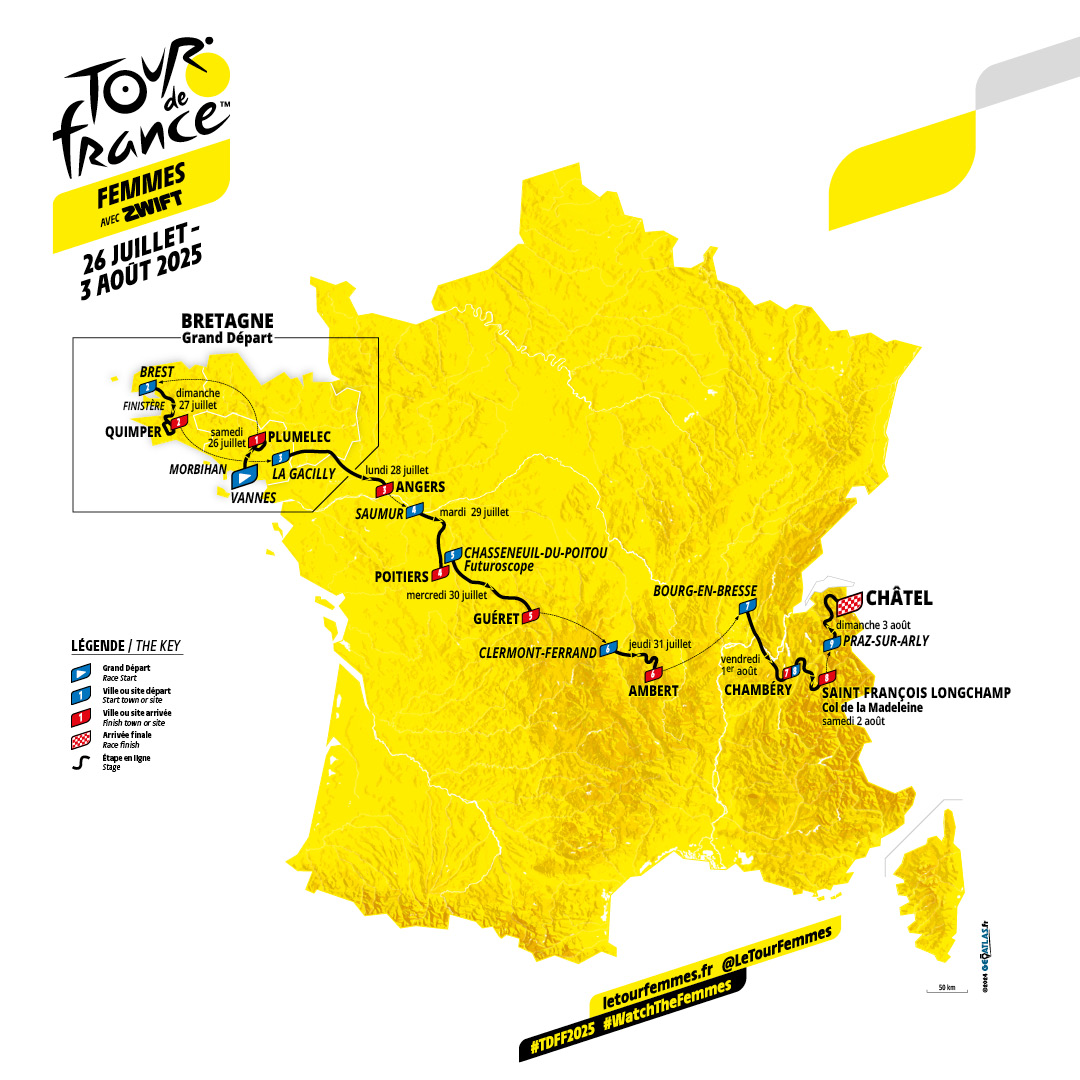
Functionally, the biggest difference between the two races is the men’s event is 21 days, while the women race “only” nine stages. But this has proved to be a feature and not a bug as the race stays very active, very suspenseful, and provides a concentrated crescendo that works well for women’s cycling as it continues to grow.
Even at half the length of the men’s race, the race still feels like its male counterpart in all the right ways and provides the template for all the same tactics, intrigue and storylines, even if they are different in practice.
One sprinter rules them all
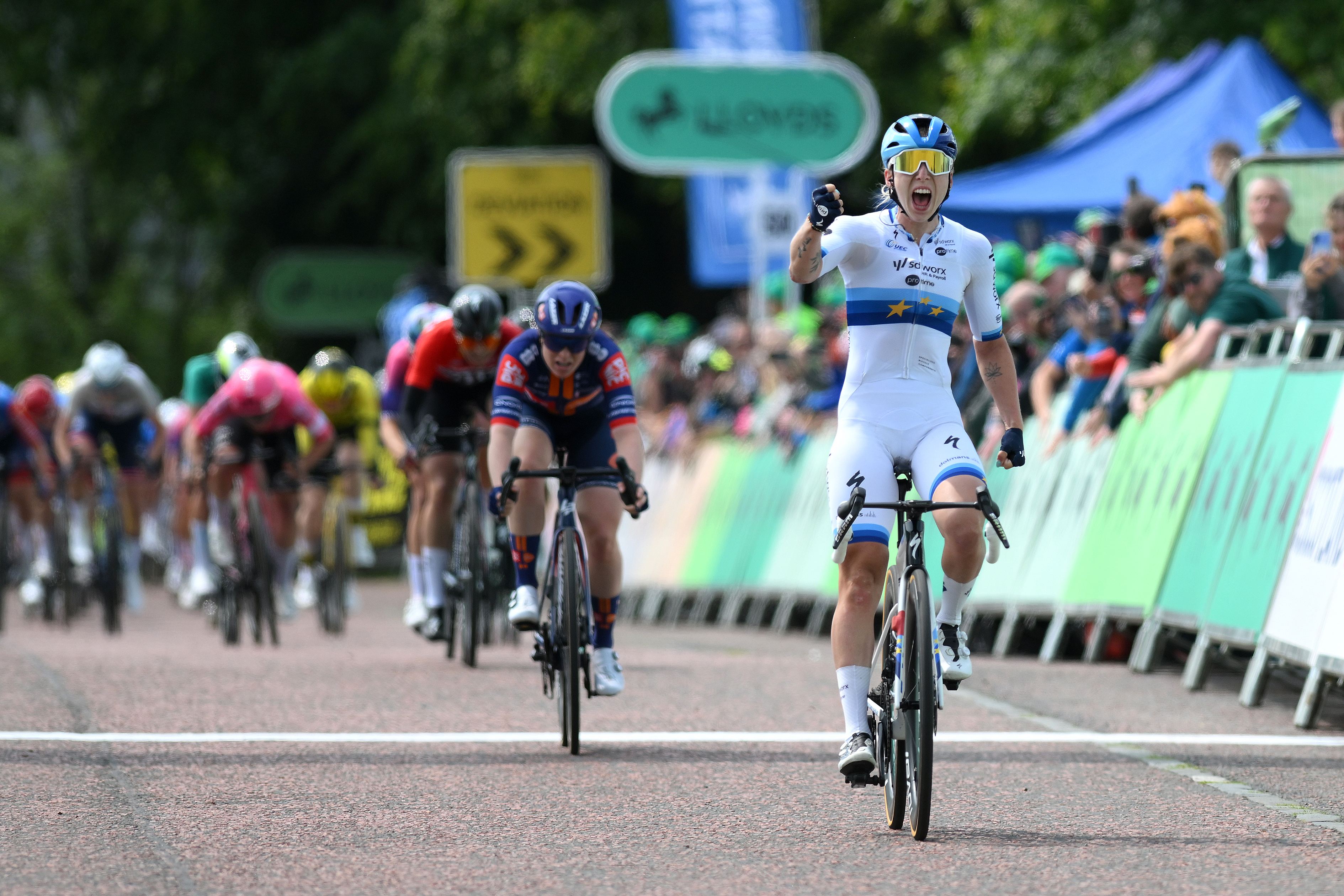
The men’s race may have been short on sprint opportunities this year, but when it was a bunch gallop, the racing was tight between Jonathan Milan, Tim Merlier and Jasper Phillipsen, before the latter crashed out of the race. For the women, there is one main sprinter to beat: Lorena Wiebes (SD Worx ProTime).
Wiebes has been the dominant sprinter in the women’s peloton for several years now, and seems to be getting only stronger, especially on the more versatile sprint opportunities and the spring classics. Her record in the Tour has been slightly less emphatic than the rest of her palmares would suggest, with 'only' three wins at the race. Nevertheless, it seems like only a matter of time before that swings in her favour as a sprinter who has notched 107 wins alrrady, and she's just 26 years old.
What’s more, without Vollering on the team to complicate the dynamics of the squad, Wiebes should have full support in the sprints from a stunningly strong leadout train. Not only will Lotte Kopecky lend a hand, but so too will Elena Cecchini, Mischa Bredewold and Blanka Vas. With that line-up, Wiebes should win multiple stages of this year’s race. Anything less would be a letdown.
Smaller teams with wider spread talent
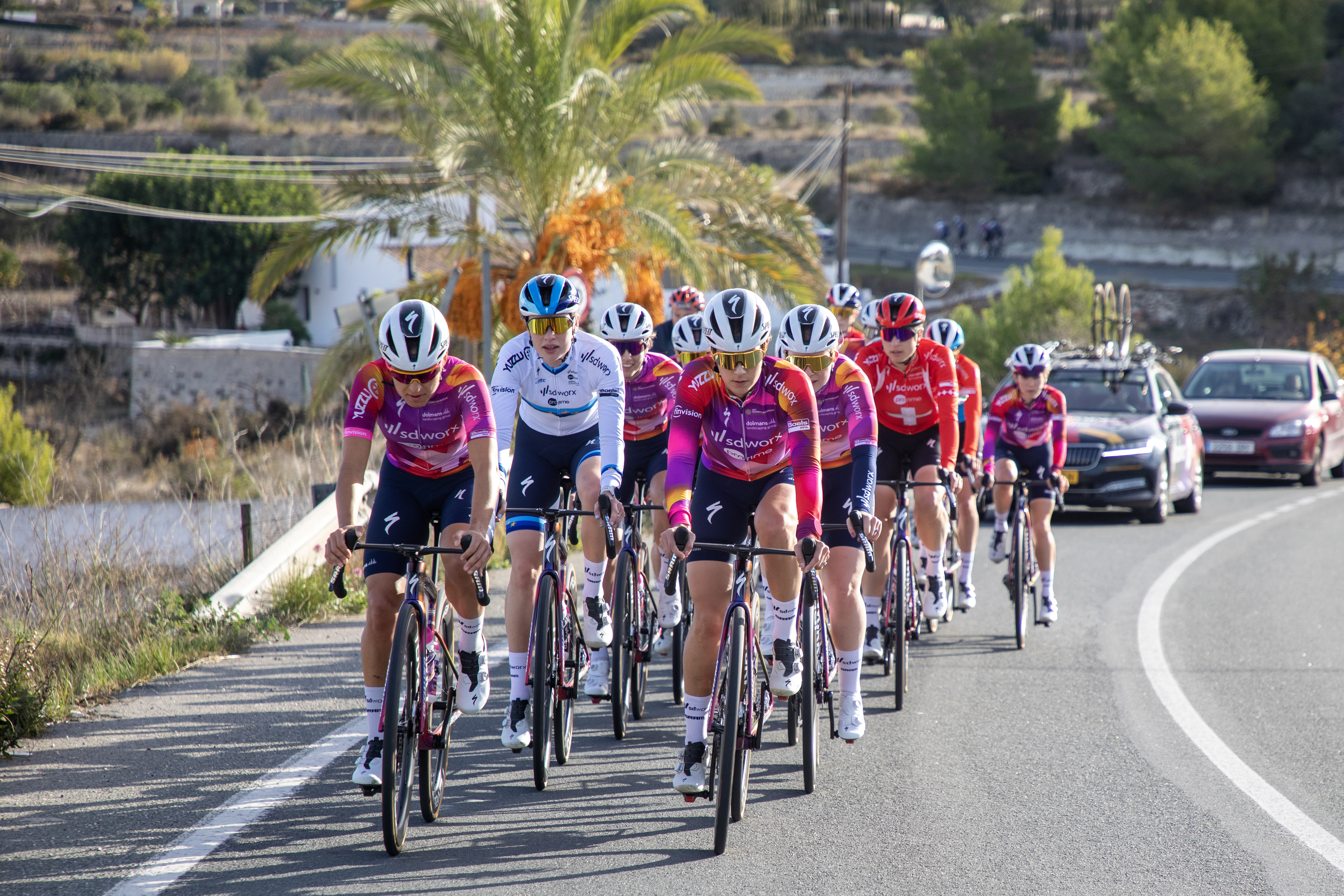
The Tour de France Femmes will have teams of seven rather than teams of eight for the men. While this doesn’t seem like much, the reality is seven can quickly become six or five in case of crashes or illnesses, and that can play a massive role in how tactics can unfold.
Over the past few seasons, we have seen these smaller team line-ups play a big role in the success of breakaways. With fewer teammates to do the chasing, routine breakaways have turned into dangerous moves. Adding to that reduced fighting force is the split ambitions of most of the teams. With most of the teams trying to balance general classification ambitions with sprinters or attackers, there simply aren’t as many riders to control and plenty of riders looking to steal some time up the road.
This year, it seems likely that SD Worx-Protime will have the resources to control more stages as they are no longer weighed down by the GC ambitions of Demi Vollering to protect. They also have multiple stage huntresses in their midst with Wiebes, Kopecky and Bredewold all excelling in one-day races. But, historically, this team is known to play chicken with other squads when it comes to taking on the mantle of chasing moves down. If they try it this year, we will see if the other strong teams start to call their bluffs.
The chance for an overall upset
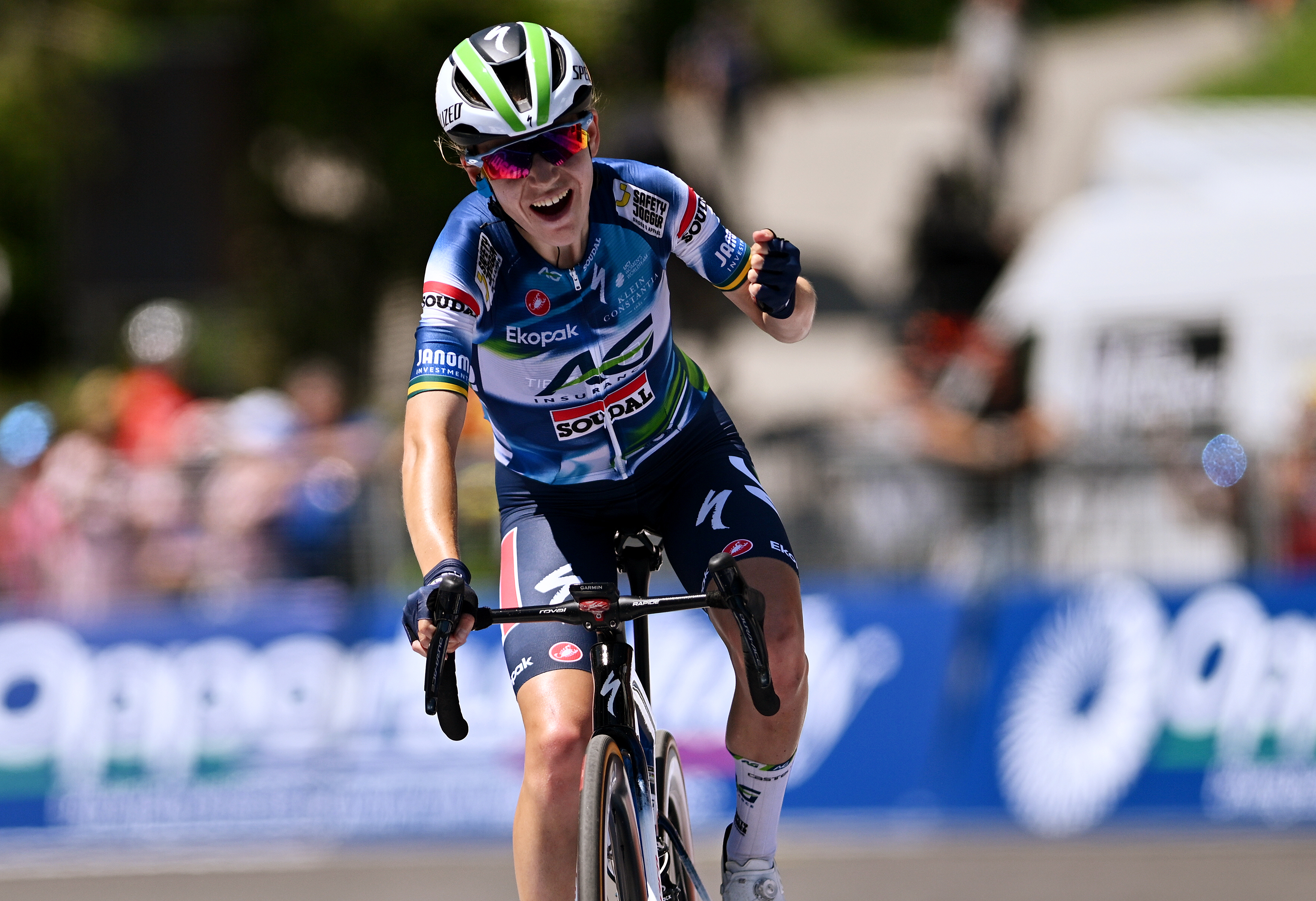
There might be two favourites at the start of the race in Vollering and Reusser, however, the list of outsiders is deep, including last year’s champ Kasia Niewiadoma (Canyon-SRAM). As evident in last year’s race, these outsiders have a real shot at victory, which can’t be said of the men’s race that was well and truly a two-rider showdown.
Neiwiadoma has always overperformed at the Tour, with an impressive GC palmares including her yellow jersey in 2024 and two third-place finishes the previous years. With that record to go from, she has to be considered a real threat, even if she has yet to beat the big two this year.
One rider who certainly has beaten the favourites is Elisa Longo Borghini (UAE Team ADQ). Longo Borghini won the Giro d’Italia ahead of Reussur earlier this month and is one of the more feared racers in the peloton with wins spanning from the Grand Tours to the cobbled Classics. Last year, she crashed at the Giro ,which took her out of the Tour, but she is back and seems stronger than ever.
The same can be said of the big French hope, Pauline Ferrand-Prévot (Visma-Lease a Bike), who took a sensational win at Paris-Roubaix and has since been in the mountains training for the longer climbs of the Alps.
Beyond those three outsiders, others will also be hoping to spring a surprise. Sarah Gigante (AG Insurance), Pauliena Rooijakkers and Puck Pieterse (Fenix-Deceuninck) will all be there or thereabouts on the climbs and vying for stage wins. If they can have a smooth run throughout the first half of the race, they will have a shot at making big moves in the mountains.

Logan Jones-Wilkins is a writer and reporter based out of the southwest of the United States. As a writer, he has covered cycling extensively for the past year and has extensive experience as a racer in gravel and road. He has a Bachelor of Arts from the University of Richmond and enjoys all kinds of sports, ranging from the extreme to the endemic. Nevertheless, cycling was his first love and remains the main topic bouncing around his mind at any moment.
You must confirm your public display name before commenting
Please logout and then login again, you will then be prompted to enter your display name.